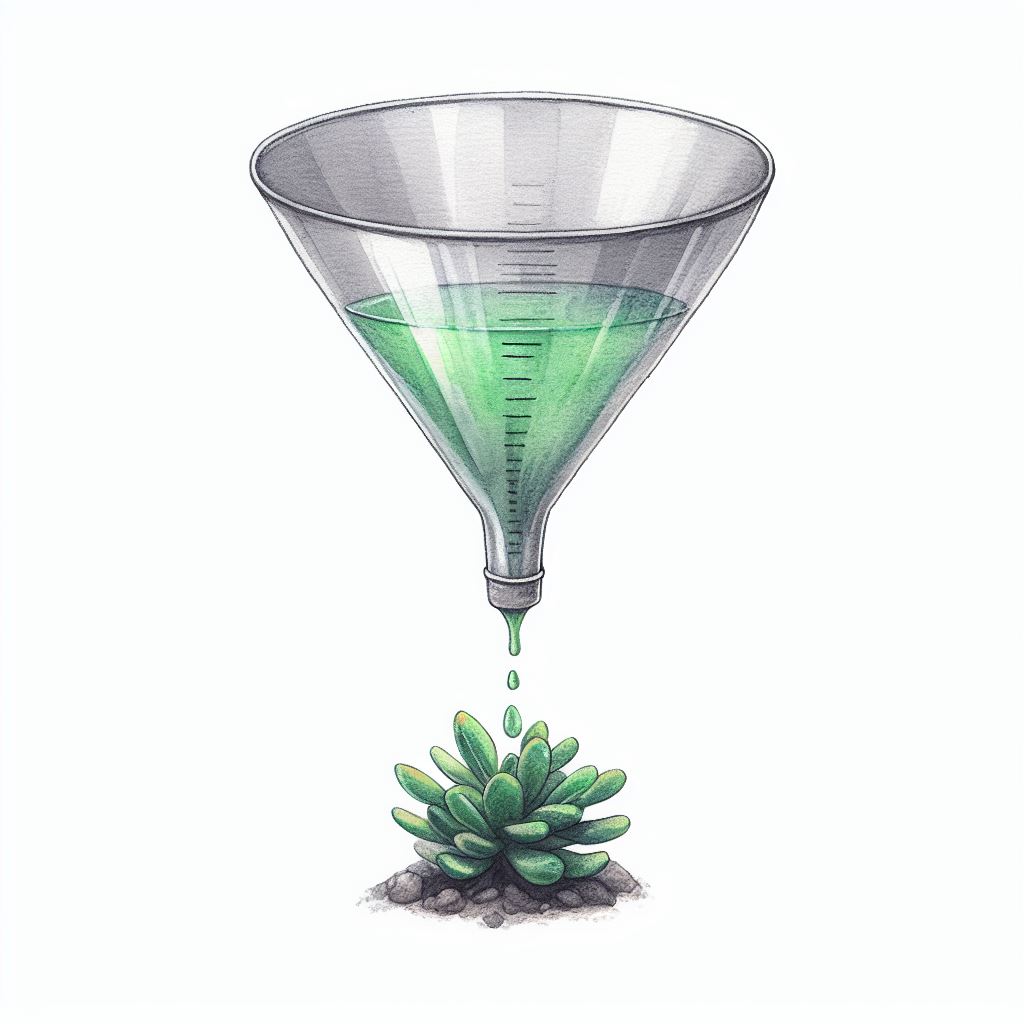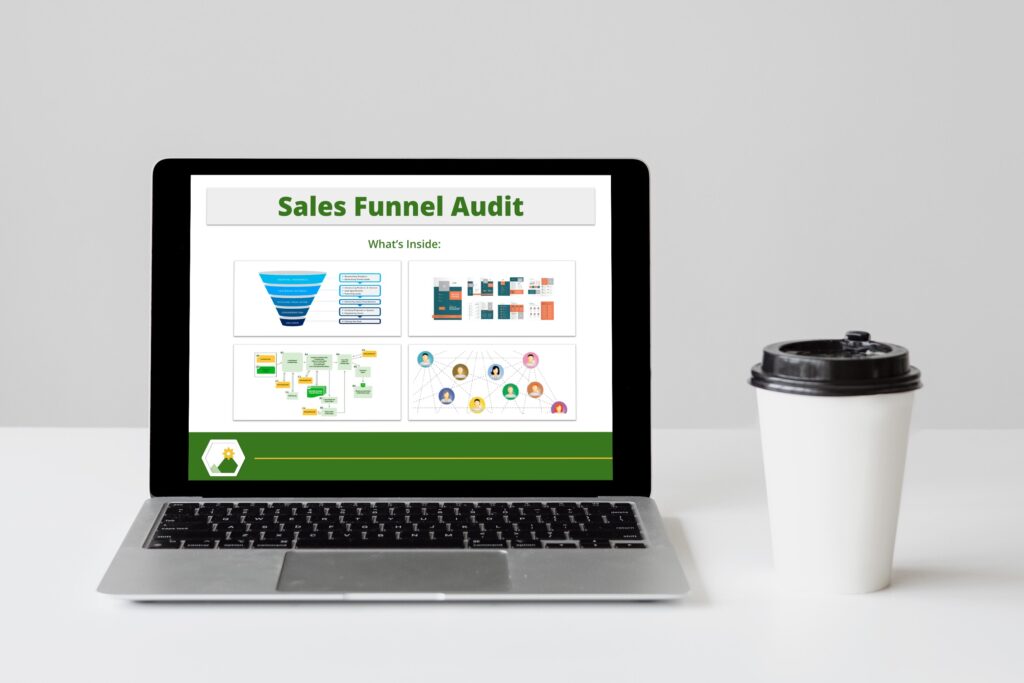Not all deals and customer relationships are created equal.
Prospects will exhibit different levels of qualification. Different customer personas will respond differently to the style and tactics of different sellers. The product may speak to different customers in different ways, leaving them with different perceptions of value as well as unique objections. To add to the complexity, the status quo in their business could change at a moment’s notice, derailing the momentum of the dialogue.
The concept of a sales funnel is nothing new, but in a world where customers and investors demand fast results, having an intimate knowledge of the nuances of each funnel stage can be a tremendous competitive advantage.

A certain message or marketing asset will resonate best with customers in a specific stage; delivering it at the precise moment can help maintain momentum. When a customer sees that the sales team is focused on the issues at hand in the moment, and not looking too far ahead to the deal close, they are sure to appreciate the gesture of partnership. At times, additional resources can be deployed to act as a catalyst in specific stages (for example, a planner to support pre-sales, or a sales engineer to troubleshoot during a product demo). Closer to the finish line, sometimes the seller needs to call in for support from a senior leader – but that can be a bad career move for them, if the deal is not close enough to the finish line to be worth the executive’s time.
Key Questions To Create A Sales Funnel
Absent a clear understanding of all the moving parts in the sales funnel, your business could encounter various roadblocks.
You may not generate enough leads to support your sales pipeline, putting a dent in your potential sales revenue. Of those leads you do generate, you may struggle to serve their needs at unique stages in the process, causing fewer of those leads to actually become customers. In either case, you’re left to compensate by spending more money on marketing and sales to acquire new customers, driving up your CAC (customer acquisition cost). Above all, blind spots in the sales funnel will stretch out sales cycles, making it more difficult to close deals – and delaying revenue impact.
A founder or leader of a Seed stage company will often ask themselves certain questions about their customer, to address this challenge:
- How do customers become aware of our product or service?
- What information do they need to make a purchase decision?
- What are their objections?
- What steps do they follow in the purchase process?
- How are we objectively certain the customer has moved to the next step?
- What are the triggers that lead them to make a purchase?
- What is their post-purchase experience?
- At scale, what does this data tell us about our business?
Creating A Sales Funnel For Social Impact
An effective sales funnel for social impact is one that is aligned with your organization’s mission and values, and that helps you convey to your customer the outcomes you can generate.
In the earliest stages (awareness), your primary goal is to communicate your company’s commitment to social responsibility and sustainability in your marketing materials, website, and social media presence. If your solution is a fintech product offering financing for residential electric heat pumps, for example, you should be communicating the virtues of this clean alternative to gas boilers – as well as your role in the clean energy revolution. As prospects enter the funnel, there should be no barrier to their full understanding of the why behind the purchase.
Later, as they enter the consideration stage, you begin to break down the benefits with respect to certain product features. Maybe partnerships with certain banks or utility companies make for an attractive option. Maybe tax credits are advantageous to homeowners of a specific profile. Maybe there is a lease-to-own or pay-as-you-go option. Whatever the case, by necessity, the customer begins to envision themselves owning and utilizing the product, and the job of the sales team is to increase their sense of comfort.
Eventually, the customer reaches the depths of the funnel where a decision and action take place. They can be offered a well-placed incentive aligned to greater social impact – for example, a referral bonus to help drive greater overall adoption of greener alternatives for home heating. Perhaps their cost savings can be converted into a tax-deductible donation to a nonprofit organization promoting clean energy in the community. Maybe a testimonial from a satisfied customer can be adapted to marketing communications to help inspire the next round of prospects to join the mission.
Our Approach To Creating A Sales Funnel
Attracting, nurturing, and converting leads into customers is a lengthy and complicated endeavor. To streamline this process, we typically follow four key pillars.
Map out your customer’s journey
Consider it a first draft; it won’t be perfect but it’s a starting point. What steps do your customers take on their way to making a purchase? It starts with some initial expression of interest in your product, which made them a prospect in the first place. You gather more information during the early discovery conversations, to qualify the actual business opportunity. At some point, an in-depth overview or product demo is necessary, to help them visualize the benefits of buying. This will often give way to objections, which need to be handled with care.
At any given point, new customer stakeholders may come in and out of the purchase process – they too will need to feel comfortable with the solution, for the deal to advance. If all goes well, soon you’re navigating procurement, negotiating contracts and (hopefully) celebrating your closed deal.
Create valuable content relevant to each stage
Early on, your goal is to attract potential customers who are aware of their problem but may not yet be considering your product or service. The focus should be on educating your audience and helping them articulate their problem – before you begin hard-selling the solution. Blog posts, informational videos, and white papers are effective in this stage.
As the deal progresses, your customer becomes more informed, and new headwinds emerge. You can respond by more directly showcasing your product, and speaking more specifically to the problems that your customer relates to. Demos, free trials, case studies and comparison guides can be helpful to keep the dialogue moving forward.
Before the deal can close, you’ll need every customer stakeholder on board. This is the time to be as persuasive as possible. Customer references and performance guarantees can give them the peace of mind they need. If you need to discount the price, or offer added value, use that tactic wisely in an effort to get the deal done.
Automate the sales funnel for data-driven execution
With underlying infrastructure, you can set your team up for success. A well-tuned customer relationship management (CRM) system helps them track and manage customer interactions throughout the sales funnel. This will provide visibility to the team, as well as to senior sales leadership, into the progress of each opportunity, and help identify where intervention or course correction is needed. A good CRM is built on thoughtful performance metrics and incentives, so the sales team is motivated to follow the sales process and achieve their goals.
With the CRM at the center, additional investments in technology and automation tools can save time by streamlining the sales process and reducing manual tasks. They can also make your sales team more effective by providing real-time insights, increasing the likelihood of converting leads into customers. The list of potential enhancements is lengthy. Near the top of the funnel, lead generation tools help you identify and capture potential customers, while marketing automation platforms can simplify marketing tasks to nurture leads and move them through the sales funnel. Further down, sales intelligence tools gather data about potential customers to provide insights for personalized interactions, and lead qualification tools help salespeople prioritize their efforts on the most promising prospects. Near the bottom of the funnel, revenue management and sales forecasting tools provide insights into sales pipeline health and customer profitability, using historical data and predictive analytics to forecast sales performance and help make data-driven decisions.
Train your team to adapt to the sales funnel
A well-documented sales process maintains consistency by outlining the specific actions and activities that salespeople should take at each stage. It should be paired with sales enablement materials tailored to each stage. With regular training and coaching sessions, you equip your sales team with the skills and techniques they need to excel at each stage of the sales process – this could include pitch workshops, role-playing exercises, feedback sessions, and mentorship opportunities.
This works best when the sales team operates within a culture of collaboration, open communication, and knowledge sharing. Salespeople should feel comfortable sharing their experiences, seeking guidance, and continuously improving their approach. When sales leaders give their people the resources and autonomy they need, sales teams are empowered to take ownership of the sales process and drive positive revenue outcomes.
Solutions For Creating A Sales Funnel
Winning a deal is actually a series of small wins. But in the early days, it’s not always evident which are the defined stages of your sales process. Your team needs to be armed with the right message at the right moment, focused on key activities specific to that moment, to get the small wins that translate to a bigger win.
We’ll pick apart your entire sales funnel, removing friction to help close more deals — and faster.
Our Process
- Conduct a thorough review of past/present data (sales pipeline & marketing performance), augmenting with interviews of key team members, to identify key drivers/bottlenecks in your sales process.
- Segment the current process into well-defined stages, and retrofit existing sales performance data to create initial visualization of sales pipeline.
- Put the most prominent blockers under the microscope, identifying critical points of failure that can be addressed through automation, process innovation, or simply better communication.
- Map available collateral and marketing/sales support resources to each phase, identifying gaps which need to be filled.
- Based on historical conversion rates and phase durations, we’ll project current sales velocity and recommended volume of activity at each phase, to achieve company revenue objectives.

Deliverables
- A single reference document for the sales team, documenting each funnel stage with unique objectives, key sales activities, key CRM actions, internal stakeholders, and qualifying steps to advance to the next stage.
- Modifications to the existing CRM platform, retrofitting existing deal pipeline & dashboards/reporting to new funnel format
Impact
- Improved win rates, from prospect to customer
- Improved efficiency through better lead qualification and shorter sales cycles
- More reliable sales forecasting and target-setting
- A more pleasant customer journey, leading to increased loyalty
Click for more information on how to create a sales funnel, or get in touch.
Other Revenue Growth Challenges For Seed Stage Companies
This discussion about how to create a sales funnel is one post in an 8-part series about revenue growth challenges for seed stage companies. See below for how to address other common revenue challenges:



0 Comments